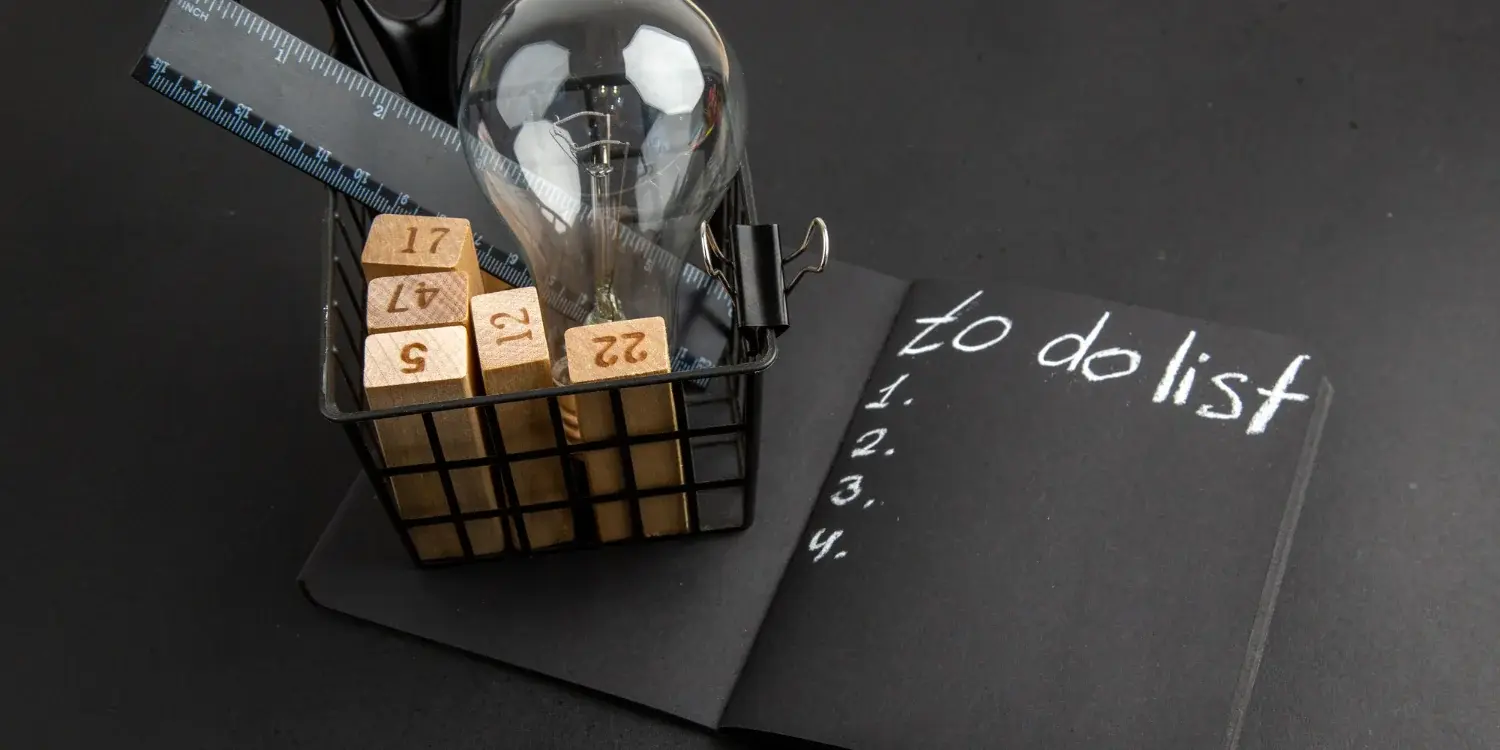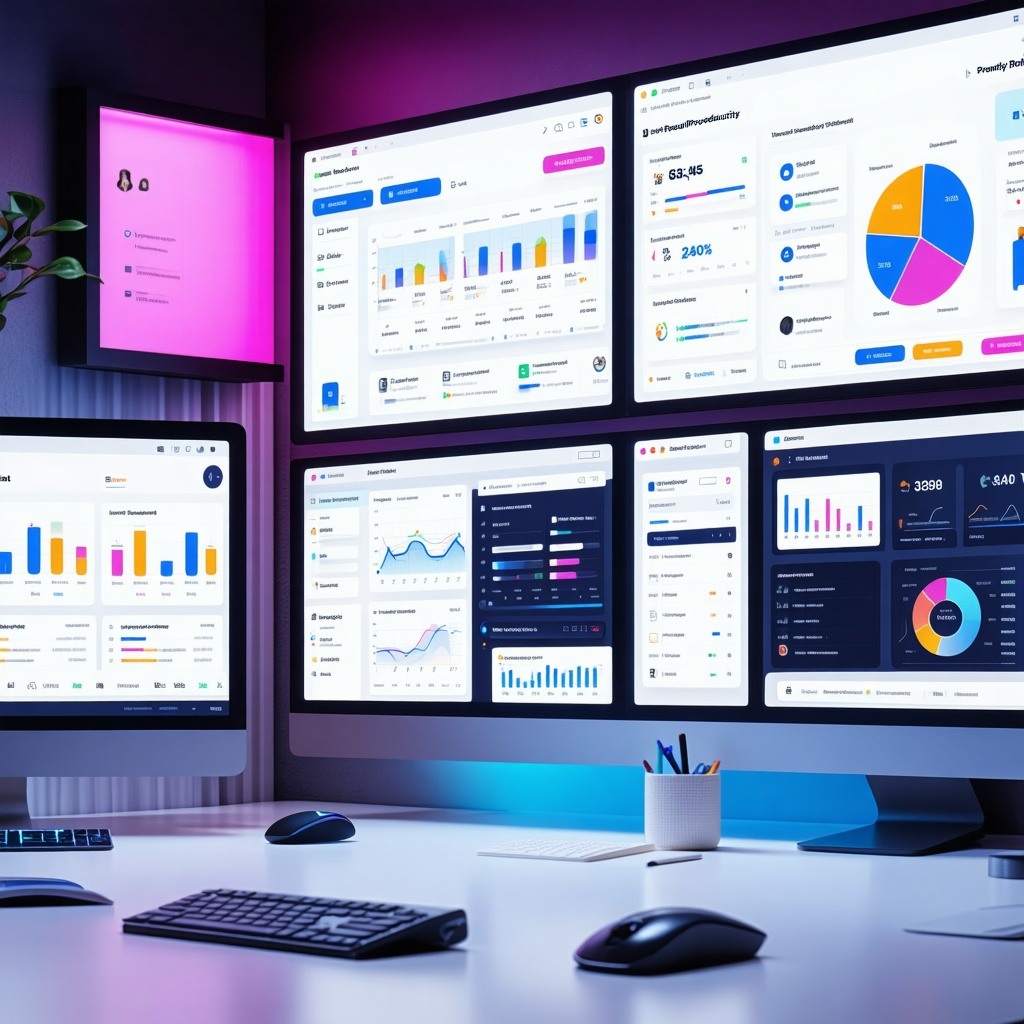Proven Strategies to Master Your Time and Boost Efficiency
Introduction
Have you ever ended a busy day feeling like you've accomplished absolutely nothing? You're not alone. Millions struggle daily with procrastination, distractions, and ineffective prioritization, often culminating in stress and frustration. Let's face it—time is our most precious resource, and learning to manage it effectively is the key to both personal and professional success. But here's the catch: traditional time management techniques often fail to resonate in today's fast-paced, distraction-rich environment.
In this article, we'll guide you through 12 actionable, tested strategies designed to help you transform overwhelmed moments into powerful productivity sessions. From simple daily routines to leveraging tech tools—each method aims to optimize your time management skills and boost your overall efficiency. Whether you're a busy executive or a freelance professional managing multiple projects, these insights and practical tips will provide clarity and motivation to reclaim momentum.
1. Eat That Frog: Prioritize Your Toughest Task First
Mark Twain famously said, "Eat a live frog first thing in the morning and nothing worse will happen to you the rest of the day." In productivity circles, this means starting your day tackling the most challenging or unpleasant task. By adopting this approach, you harness your early-morning energy and avoid the procrastination trap often triggered by anxiety-inducing tasks.
To implement this strategy effectively, clearly identify the "frog" the night before. Write it at the top of your to-do list, visually signaling its priority. Secondly, remove distractions during the "frog-eating" timeframe; silence notifications and find a quiet workspace.
A study by productivity expert Brian Tracy explored the "Eat That Frog" principle, finding that participants who prioritized their challenging tasks early were consistently more focused and productive throughout the day. Let's imagine you're a freelance writer; tackling your toughest writing assignment early on frees mental bandwidth, empowering you to feel accomplished and motivated for easier tasks later.
2. Time Blocking: Schedule Your Success
If there's one habit top-performing professionals consistently use, it's time blocking. Time blocking involves setting precise chunks of time for individual tasks or activities, scheduling your day into distinct "blocks." This method safeguards your time against unnecessary multitasking and interruptions.
To master this practice, first categorize your daily activities (emails, meetings, focused work sessions, breaks). Then assign each activity a clear timeframe, deliberately being realistic. Keep flexibility by including buffer zones between blocks to handle unexpected interruptions or tasks that occasionally need extra attention.
For example, Elon Musk and Bill Gates both publicly endorse the practice of time blocking. Musk famously divides his day into five-minute intervals to optimize productivity. While such precise division may not be necessary for everyone, adopting a simplified version can significantly boost your productivity and workflow improvement.
3. Harness the Two-Minute Rule to Combat Procrastination
Procrastination often strikes when small tasks begin piling up, creating an overwhelming scenario. Here's the catch: small tasks left unattended gradually build up, resulting in greater stress. David Allen, in his bestselling book "Getting Things Done," introduced the "Two-Minute Rule," a simple yet powerful method to beat procrastination.
If a task can be completed within two minutes, do it immediately. This could be replying to a quick email, tidying your desk, or scheduling an appointment. Secondly, if a task takes longer, schedule it quickly during your time blocks or add it to a clear "action list."
Imagine you're finishing lunch break and notice unread emails—simply replying or deleting them within two minutes frees mental clutter. Believe me; incorporating this habit daily dramatically reduces stress levels and contributes to greater mental clarity.
4. Leverage the Pomodoro Technique for Improved Focus
Ever notice your diminishing concentration after working long continuous hours? Our brains are naturally prone to distraction after prolonged usage. Enter the Pomodoro Technique, a straightforward yet powerful time optimization method encouraging interval-based work to sustain mental energy.
The Pomodoro Technique involves setting a timer for 25-minute intense work intervals ("Pomodoros") followed by a five-minute break. After four Pomodoros, take a more extended 15–20-minute break. Utilize smartphone apps or a simple timer to automate your time intervals effortlessly.
A research study published in the Journal of Occupational Health Psychology demonstrated participants using this technique reported reduced mental fatigue and higher productivity levels. For instance, a graphic designer overwhelmed by numerous projects might set Pomodoro sessions to stay concentrated without burnout, noticeably enhancing creative output.
5. Create "No-Meeting" Zones
Meetings notoriously interrupt workflow and drain time, drastically reducing productivity. Here's a compelling approach: establish habitual "No-Meeting" periods to safeguard uninterrupted deep work.
Clearly communicate your no-meeting times with coworkers and stakeholders via shared calendars, ensuring transparency and respect for your availability. Secondly, prioritize ability-critical tasks during these "protected" hours to utilize uninterrupted time most effectively.
Jason Fried, in his book "Rework," emphasizes how setting regular meeting-free periods allows individuals and teams to achieve significantly higher productivity than being continually disrupted. Picture yourself dedicating three mornings per week as no-meeting zones—it's a powerful way to enhance your output without distractions.
6. Utilize Task Prioritization Frameworks: Eisenhower Matrix
Prioritizing tasks appropriately influences how excellently you manage your workday. The Eisenhower Matrix—a grid dividing tasks into categories based on urgency and importance—is invaluable for strategic prioritization.
To leverage the Eisenhower Matrix effectively:
- Quadrant 1 – Important and Urgent (tackle immediately).
- Quadrant 2 – Important yet Not Urgent (schedule thoughtfully; these shape long-term effectiveness).
- Quadrant 3 – Urgent but Not Important (delegate wisely).
- Quadrant 4 – Neither Important nor Urgent (eliminate or minimize).
President Eisenhower himself used this framework to navigate complex wartime leadership decisions. Imagine an entrepreneur inundated with daily tasks; the matrix provides visual clarity, empowering effective delegation and optimal decision-making.
7. Set Clear Boundaries to Safeguard Time
Often productivity suffers due to unclear boundaries or constant accessibility. Establishing firm boundaries protects your energy for critical tasks.
Firstly, communicate your availability clearly through email autoresponders, phone voice messages, and calendar invites stating working hours explicitly. Secondly, designate boundaries physically—decorate your workspace indicating focus time to coworkers.
Dr. Henry Cloud, author of "Boundaries: When to Say Yes, How to Say No," affirmed boundary-setting prevents burnout and maximizes efficiency. Realistically, setting firm "office hours" prevents interruptions from friends or family, dramatically empowering productivity.
8. Automate and Outsource Repetitive Tasks
Consistently performing mundane, repetitive tasks diminishes productive energy. Automating these processes facilitates workflow improvement.
Incorporate digital tools (automation apps like Zapier, Asana, or Trello) to streamline tasks like email management, scheduling, or project updates. Secondly, proactively outsource lower-value tasks to virtual assistants or freelancers, freeing your capacity to focus on core goals.
Entrepreneurs like Tim Ferriss have openly credited task automation and delegation to significant productivity gains. An independent consultant automating appointment bookings or invoicing effortlessly earns back valuable strategic thinking time.
9. Practice Intentional Single-Tasking
Contrary to popular belief, multitasking severely reduces productivity by fracturing focus. Intentional single-tasking—focusing entirely on one task at a time—optimizes cognitive performance significantly.
Firstly, consciously block out distractions and commit to a specific task for a set duration. Secondly, reward yourself after completing single-task sessions, reinforcing progressive behavior.
Research by Stanford University confirmed multitasking reduces productivity by as much as 40%. Imagine devoting deliberate attention to writing client proposals without email checks; you'll deliver faster, higher-quality outcomes.
Conclusion
Mastering time management requires implementing proven, practical strategies consistently. Using tactics like prioritization, time blocking, and effective frameworks will dramatically enhance your workflow improvement. To amplify your efficiency further, consider adopting digital productivity tools designed explicitly to support structured efficiency.
Ready to master your productivity journey fully? Check out the cutting-edge productivity app, created to simplify time management and enhance productivity effortlessly.
#TimeManagement #ProductivityTips #EfficiencyBoost #WorkflowOptimization #BeatProcrastination #TimeBlocking #PomodoroTechnique #PrioritizationMatrix #WorkProductivity #TaskAutomation #FocusImprovement #ProductivityMindset
You May Also Like
These Related Stories

Mastering Time Management: 12 Actionable Strategies for Success

How to Stop Procrastinating: 12 Proven Strategies for Success

No Comments Yet
Let us know what you think